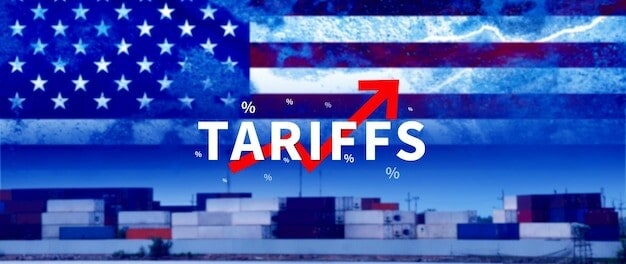
Estimated reading time: 6 minutes
Key Takeaways
- The council will proudly fly the **Red Ensign** on 3 September to mark Merchant Navy Day.
- Merchant Navy Day combats “sea blindness” by spotlighting the *vital* role of merchant seafarers.
- Historical losses include 14,000+ mariners in WWI and about 40,000 in WWII.
- More than 95% of UK trade still arrives by sea, underlining ongoing maritime importance.
- Local events, school talks, and charity drives will deepen community awareness and support.
Table of contents
Significance of Merchant Navy Day
Officially recognised in 2000, National Merchant Navy Day serves as a yearly reminder of the *courage* and *commitment* of merchant seafarers. Flying the Red Ensign is a vivid antidote to “sea blindness,” ensuring that these maritime professionals are neither unseen nor forgotten.
- Recognised UK Day of Remembrance since 2000
- Honours sacrifices during peace and wartime
- Raises awareness of the Merchant Navy’s economic and security roles
Historical Context of the UK Merchant Navy
Dating back to the 17th century, the Merchant Navy has steered the nation through prosperity and peril alike. Its sailors maintained vital supply lines during two World Wars, often at great personal risk.
- WWI: 14,000+ merchant seafarers lost
- WWII: Roughly 40,000 perished
- 3 Sep 1939: SS Athenia becomes first British merchant ship sunk in WWII
- Red Ensign adopted in 1864
“Every voyage was a gamble with fate, yet we pressed on, come what may.” – Captain Thomas Brown, Merchant Navy veteran
Role in Global Trade
More than 95% of goods entering Britain arrive by sea, a testament to the Merchant Navy’s ongoing relevance. According to the British Ports Association, UK ports facilitate 25 million international passenger journeys and the overwhelming majority of our imports and exports.
- Ensures steady flow of food, fuel, and raw materials
- Supports thousands of UK jobs on shore and at sea
Council’s Tribute
By raising the Red Ensign on 3 September, the council joins communities nationwide in a unified salute. Councillor Jane Smith remarked, “Our freedom and prosperity are built on the silent service of those who crew merchant ships.”
- Remembrance ceremony at the local war memorial
- School talks on maritime history
- Fundraising for maritime charities
Maritime Sacrifice & Awareness
Today’s seafarers face storms, piracy, and months away from family. To spotlight their challenges, the council is partnering with local organisations to showcase personal stories and host port visits for students.
- Veteran testimonies shared across social media
- Historical exhibitions at the town museum
- Student tours of nearby ports and training centres
Conclusion
Merchant Navy Day is more than a flag-raising; it’s a community pledge to remember and support those who keep Britain supplied. Residents are encouraged to observe a moment of silence at 11 am, attend local events, and explore ways to assist seafarers through charities like The Seafarers’ Charity.
FAQs
Why is 3 September chosen for Merchant Navy Day?
The date commemorates 3 September 1939, when Britain entered WWII and the SS Athenia became the first British merchant ship sunk during the conflict.
What is the significance of the Red Ensign?
The Red Ensign, adopted in 1864, is the official flag of the UK Merchant Navy and symbolises the service’s heritage and sacrifice.
How can I support merchant seafarers locally?
Attend council events, donate to maritime charities, or volunteer with organisations that aid seafarers and their families.
What does “sea blindness” mean?
“Sea blindness” describes the public’s lack of awareness of maritime industries despite their crucial importance to everyday life.
Are Merchant Navy personnel part of the armed forces?
No, they are civilian mariners, but their work often places them in harm’s way during conflicts, supporting the armed forces by transporting essential supplies.

